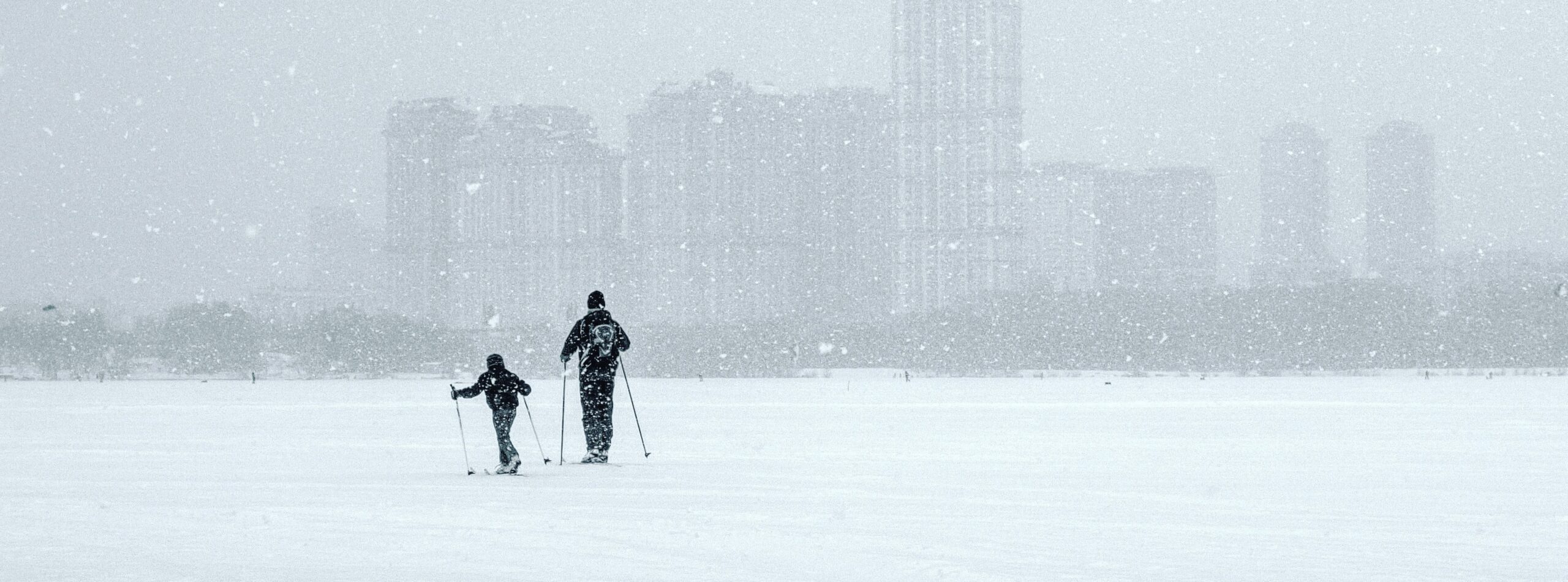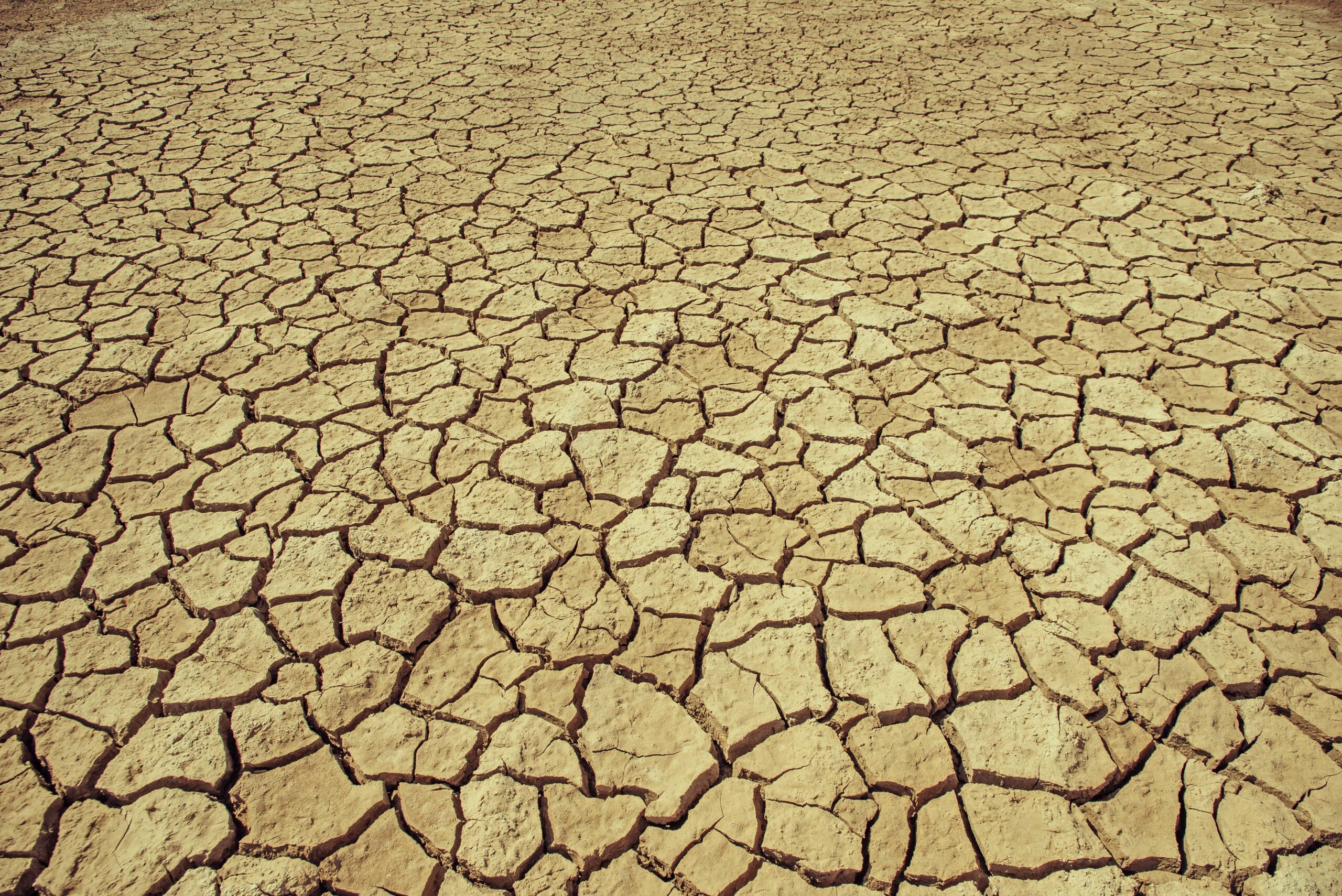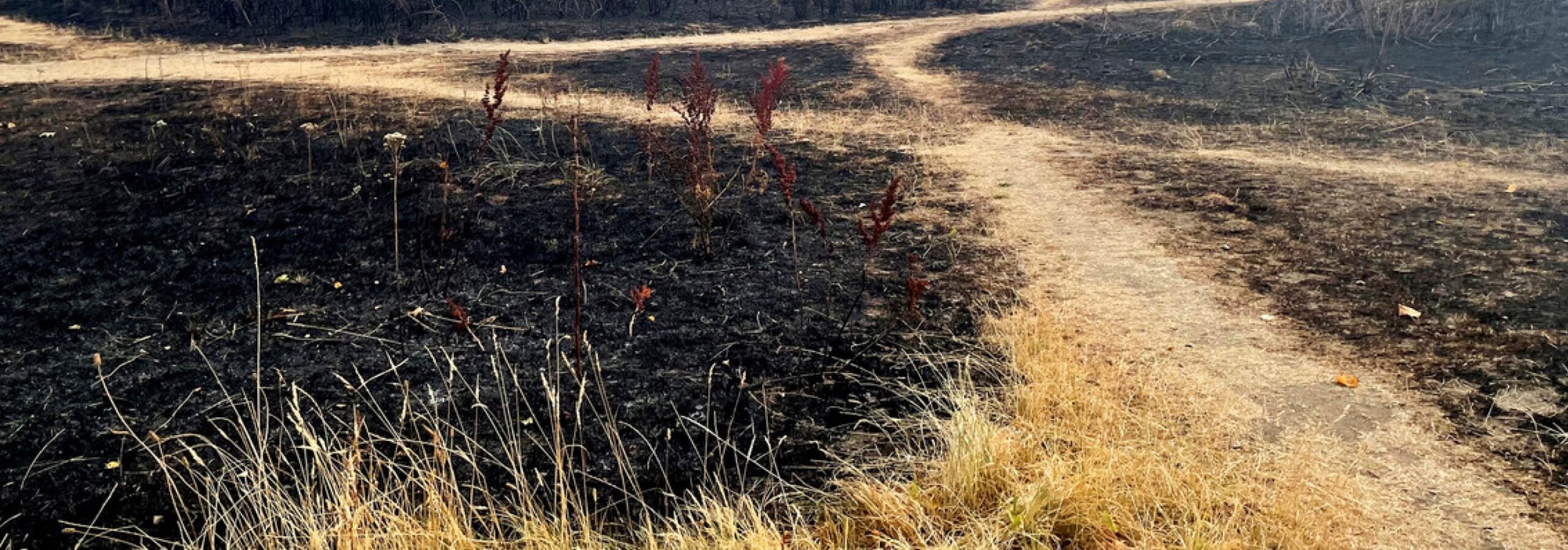We show that the temperature of North American cold waves has increased substantially over the last century due to global warming. So, although this cold spell would not have been unusual before global warming, it is now a relatively rare event in any one region. The chance of a cold wave anywhere in North America is much larger than in this specific location.
We do not find any evidence for an intensification of these types of cold waves due to the Arctic warming faster than the mid-latitudes. On the contrary, they seem to be warming faster than the winter mean as the Arctic air coming south is less cold now.
Key points
- The two-week cold outbreak in the northeastern U.S. and southeastern Canada was highly unusual in the current climate; however, it is not unprecedented.
- Cold waves like this have decreased in intensity and frequency over the last century, but still occur.
- Temperatures like these are now about fifteen times rarer. This is equivalent to cold waves being about 4ºF (2ºC) warmer than they used to be.
Introduction
Over recent years (2014, 2016 and now), there have been a number of extreme cold events in North America, although in different regions and of different durations. Low temperatures have been observed over much of northeastern North America during the two weeks between December 26, 2017 through January 8, 2018 (Fig. 1, top), and these temperatures are unusually cold in a large region centered over the Great Lakes extending to the eastern seaboard (Fig. 1, bottom). In 2014, cold air was concentrated in the Great Lakes area (van Oldenborgh et al, 2015). December 2016 also saw a strong cold spell in North America, but over more western regions (see our analysis of that event). We here analyse this year’s cold using the same methodology as we applied to those other recent cold events.

Comparison with recent observations
First, to help us define formally this year’s event, we compare this year’s temperatures in the general area of the cold wave to what is used as the “normal” period of 1981-2010. We compare the coldest two weeks in the 2017/18 winter so far with the coldest two weeks in previous winters in North America. We chose this comparison, rather than using temperatures on the exact same dates in the past, because a cold wave can occur any time in winter and affects people similarly, regardless of the exact timing. We find that the coldest two weeks this winter have been 7ºF to 11ºF (4ºC to 6 ºC) colder than the coldest two weeks have been, on average, during the past “normal” period of 1981–2010 over most of the area affected by the cold wave (Fig. 2).

Event definition
The area with coldest two-week daily mean averaged temperatures is approximately 40ºN–50ºN, 65ºW–95ºW. This is indicated on the map in Figure 3. Note that only a few Canadian stations have up-to-date data in the GHCN-D v2 dataset. We use the spatial average over land points in this area as an index for this cold wave. This index is thus optimised to express these large anomalies. A time series of daily values of this temperature index since mid-October shows a clear and expected decrease through the end of 2017 — signaling the arrival of winter — but the temperatures over December 26, 2017 through January 7, 2018 are much colder than expected for this time of year, with deviations below the 1981–2010 mean close to 25ºF (14°C) (Fig. 3). The last dip was on Saturday, January 6, after which this cold wave came to an end.

Comparison with historical observations
To put this in a longer historical perspective and compute actual odds of such an event, we used the Berkeley Earth System Temperature daily temperature analyses 1880–2013, extended by ERA-interim up to 2016/17 and ECMWF analyses and forecasts for the last few months. Over the overlap period, this data agrees well after a small bias correction in the mean. The time series of the temperature of the coldest two-week period of the year, averaged over the area of the 2017–2018 cold wave, is shown in Figure 4. Note that although we have chosen the area to give the largest cold anomaly in 2017/18, there have been many similar or colder two-week periods in that region in earlier periods, notably in 1960–1994 and before 1920, but none since 1993/94. If not unprecedented in absolute values, this year’s cold stands out for occurring so early in the season. Only in 1886/87 there was an earlier colder two-week period. In 1887/88 a similarly cold period started one day later than this year.
![Temperature [ºC] of the coldest two-week period averaged over land points in northern USA](http://wwa-test.ouce.ox.ac.uk/wp-content/uploads/2018/03/1_2018_jancoldsnap_figure4_updated.jpg)
Return time
To quantify the effect of warming on the coldest two-week period of the winter in the area, we fitted the series to a Generalised Extreme Value (GEV) distribution whose mean location is allowed to shift proportionally to the smoothed global mean temperature time series (Fig. 5). That factor is estimated to be about two, indicating that the temperature of the coldest two-week period has increased about two times faster than the global mean temperature rise. This has been explained as a consequence of stronger warming trends in the Arctic, where the cold air originates (Screen, 2014; van Oldenborgh et al, 2015). The fit also shows that these two weeks are very unusual in the current climate, with a return time of very roughly 250 years in this region.
Change in probability
The significant dependence of the GEV location on the values of global mean temperature allows us to ask what the return time of such an event was in the climate of a century ago, i.e., for values of the global mean temperature at the beginning of the 20th century. Our estimates indicate that a cold wave like this occurred on average every seventeen years. This means that cold waves like this have become approximately a factor fifteen less frequent due to global warming, as shown in Figure 5.
![GEV fit to the temperature [ºC] of the coldest two-week period of the winter averaged over land points in northern USA.](http://wwa-test.ouce.ox.ac.uk/wp-content/uploads/2018/03/1_2018_jancoldsnap_figure5_updated.jpg)
Trends over North America
In fact, the temperature of two-week cold waves has increased over all of North America, as expected in a warming world (Fig. 6). We see no evidence of an increased intensity of these cold waves, but rather a faster warming than the mean winter temperature in northern North America. The same was shown for one-day cold extremes in previous articles (van Oldenborgh, et al, 2015), both in observations and climate models.

Conclusions
We conclude that this was an exceptional two-week cold wave in the area in the current climate. Cold outbreaks like this are getting warmer (less frequent) due to global warming, but cold waves still occur somewhere in North America almost every winter.
References
Barnes, E. A. and J. Screen. (2015) The impact of Arctic warming on the midlatitude jet-stream: Can it? Has it? Will it? WIREs Climate Change, 6: 277–286. doi: 10.1002/wcc.337
Van Oldenborgh, G.J., R. Haarsma, H. De Vries, en M.R. Allen. (2015) Cold extremes in North America vs. mild weather in Europe: the winter of 2013–14 in the context of a warming world. Bulletin of the American Meteorological Society, 96: 707–714, doi: 10.1175/BAMS-D-14-00036.1
Screen, J.A. (2014) Arctic amplification decreases temperature variance in northern mid- to high-latitudes. Nature Climate Change, 4: 577–582. doi: 10.1038/nclimate2268





